It’s easy to see why people binge on horror films or line up for a heart-stopping, rapid-drop amusement-park ride. Turning the scenes of inhuman acts of the past into tourist opportunities is a little less easy to get behind. But it’s undeniable that prisons, castles, dungeons, and even concentration camps can fascinate people as they struggle to understand humanity’s dark side.
Just as horror-film aficionados thrill to a gory scene, the admirers of such places seek out the spine-chilling stories that are hidden within old, weary walls. Castles are at the top of the list.
One of the most frightening places to visit in Europe, Chillingham Castle in England, is a home of disturbing medieval-era history. Situated in the village of Chillingham in the northern part of Northumberland, the castle has existed for almost eight centuries. Over time, it has gone through numerous sieges and hosted many kings, including Henry III in 1255 and Edward I in 1298, as well as Edward, Prince of Wales in 1872, and even members of the present royal family.
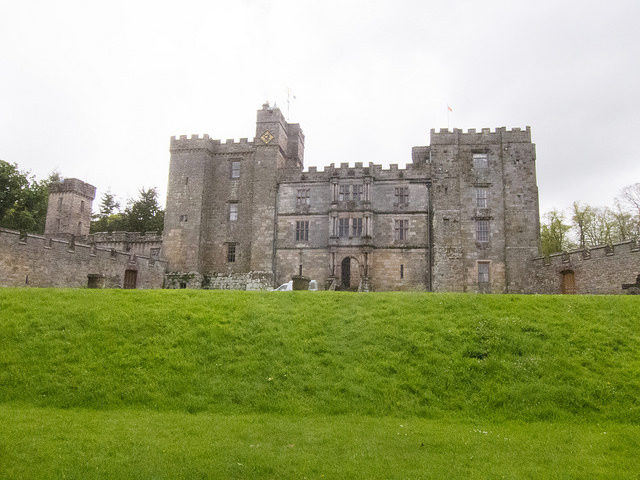
Chillingham Castle’s location on the English-Scottish border is pivotal to its history, since there were tensions and outbreaks of war between the two countries in the medieval period. The ruthless Edward I, known as “the Hammer of the Scots,” used Chillingham as a base of his operation when waging war on the Scots, who were led by “Braveheart” William Wallace for a time. The castle was also vulnerable to the Scottish forces coming south to attack. It was in the middle of the action and much of the action was not pleasant.
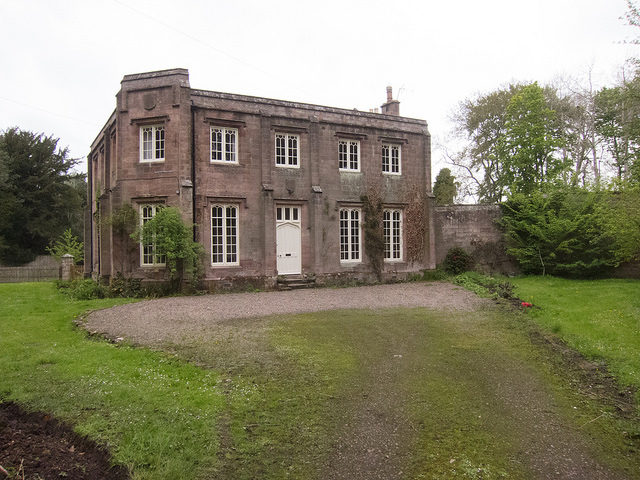
Today, of course, such tensions have completely dissolved. The English castle is hosting an exhibit of “six very collectible” Scottish artist in August 2017.
It was a starkly different story in the 13th and 14th centuries.
Visitors learn that the castle witnessed numerous tortures and deaths, such atrocities forming the identity of Chillingham. One the most frightening places in the castle is the torture chamber. Warriors, spies, soldiers, and various criminals were allegedly tortured. The victims were first put in the torture chamber, a place so dark that almost nothing around is visible, then they would be put on a spiked chair by force without any previous awareness of it. Once seated, the victim was held in the chair by two guards. Other torture devices that can be seen today include the hanging cage, the impalement device, an Iron Maiden, a bed of nails, thumb screws, branding irons, and the rack.
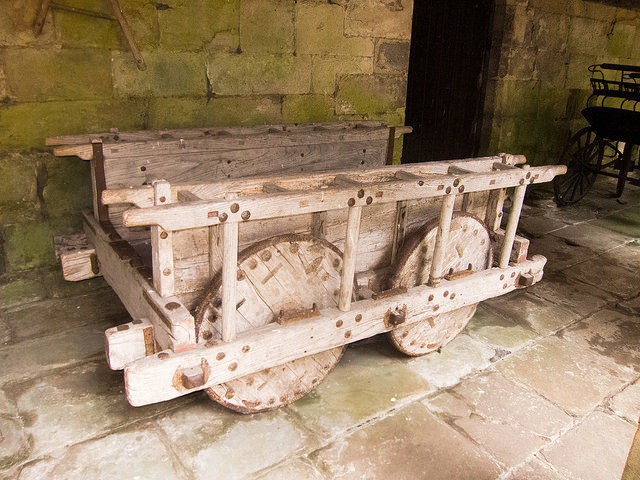
When on the rack, the victims’ hands and ankles were tightly fastened so they couldn’t move. Ankles were tightened on the so-called “roller,” which was continuously rotated as the victim was interrogated. When the rotation intensified, the victim’s joints were literally torn off, causing excruciating physical pain. Some of the castle’s records reportedly reveal some 7,500 Scottish casualties, including women, children, and men who were killed in the Chillingham’s dungeons.
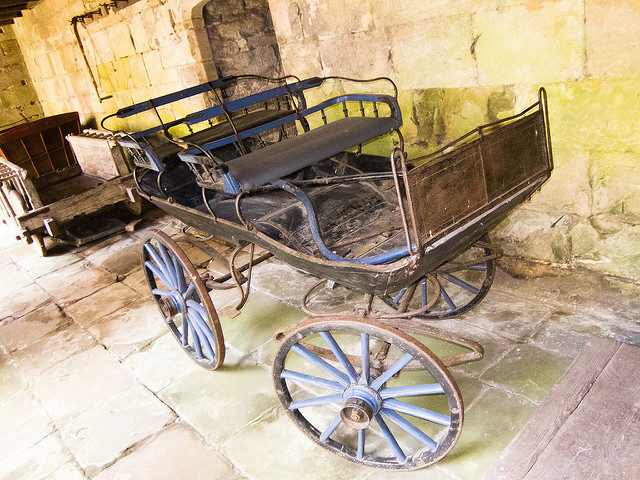
One of the visitors of the castle recently wrote that when visiting the executioner’s room, he was finally awakened from his “Wi-Fi induced coma,” as he was stunned by the instruments of death and torture. What a compliment to the castle!
It’s no surprise that Chillingham Castle is regarded as one of the most haunted places in Britain. If one looks closely in the dungeons, centuries-old scratches can be seen on the wall where prisoners desperately marked their days. It is believed that the tortured spirits still wander, demented by their experienced horrors.
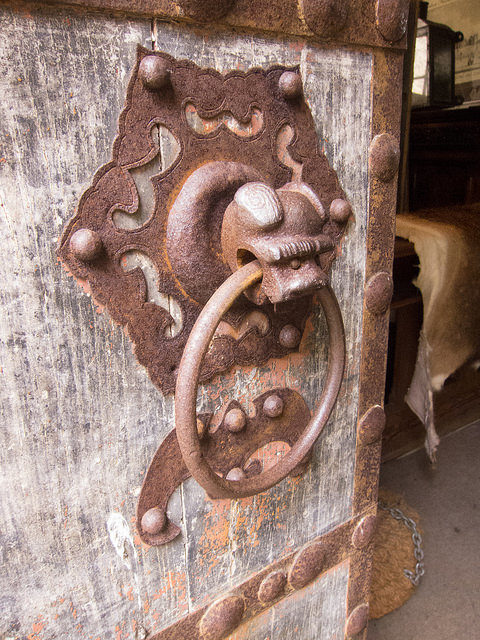
According to the ghost stories and legends collected by Richard Jones, author of the book Haunted Castles of Britain and Ireland, the most popular is the “Radiant Boy” or the “Blue Boy,” who is said to be often seen in the so-called Pink Room of the castle. At midnight, his child-like cries of fear and pain can be heard through the halls. According to the legend, as the cries fade away, a bright halo and a figure of a young boy in blue clothes appear before the eyes of the unfortunate.
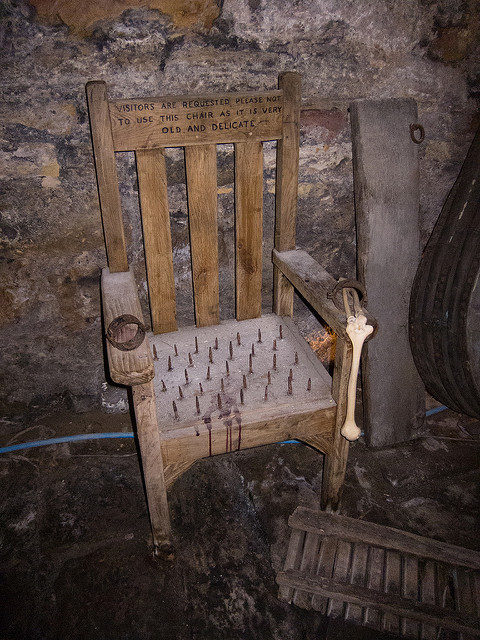
Visitors have said they witnessed a flashing blue light coming out of the walls at night. Although some ascribe this to an electrical defect, others say that there was no electrical wiring in the parts where the light was seen.
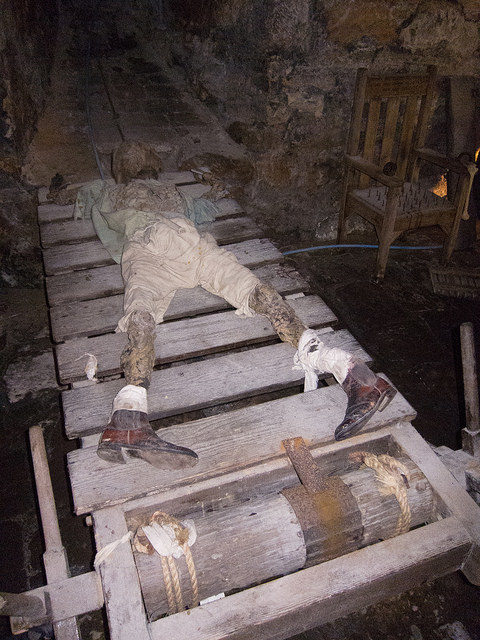
Regardless of the legitimacy of the ghost tales, they’ve been intriguing enough to attract a number of tourists to participate in the organized nightly walking ghost tours at the castle which unravel the horrors of the past.
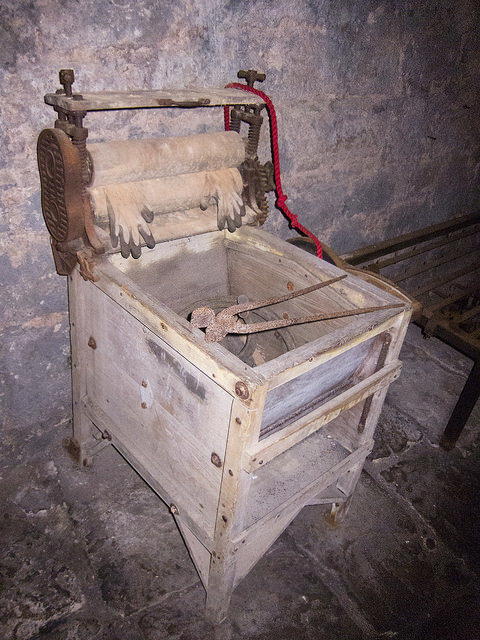
In addition, the fortified structure of Chillingham played an important part during World War II, housing many soldiers who used it as army barracks. Some of its decorative wooden elements were said to have been destroyed and burned by the army.
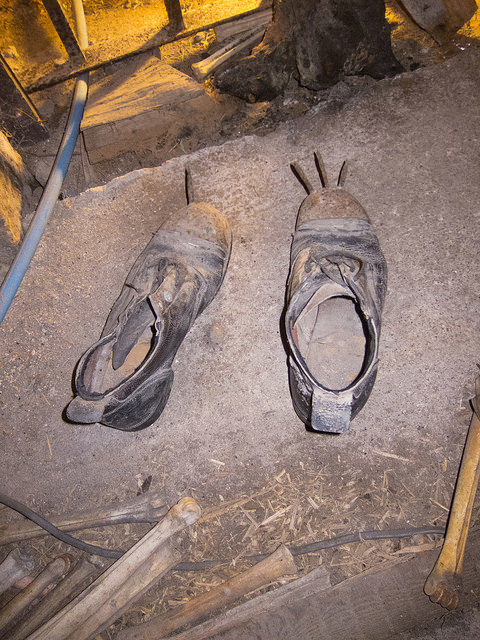
Fortunately, in 1982, the castle was returned to the hands of the Grey family, whose descendant, Lady Mary Tankerville, decided to restore the almost decayed building.
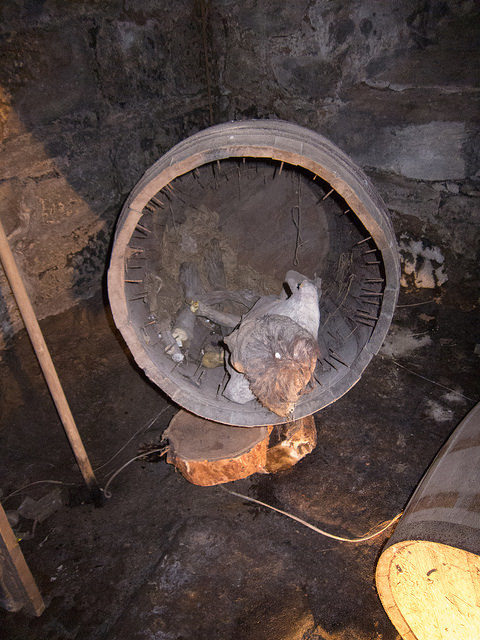
Being a real touristic hot spot of northern England, the castle especially captivates its visitors because, during tours, they’re encouraged to touch the artifacts and look through the relics of the owners.
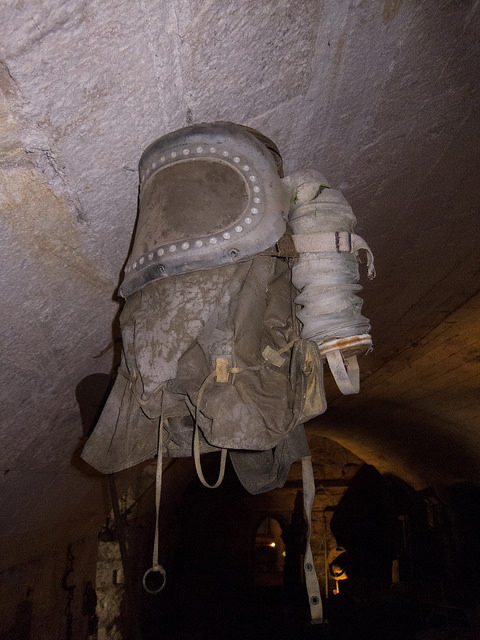
For the most adventurous holiday-goers, the castle offers a unique accommodation in the medieval fortress.
One part of the castle, as well as its coach house, have been reconstructed and made into holiday apartments. It would be a unique experience to spend a night there–just make sure you turn a blind eye to the Blue Boy.
